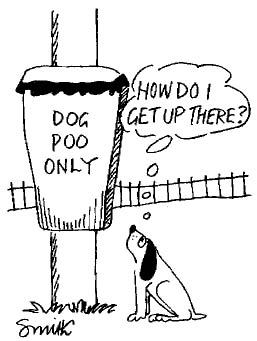And so to my 72nd car (71st if you don’t count the horsebox).
And so to my 72nd car (71st if you don’t count the horsebox). Oppressive financial responsibility has slowed the recent rate of change and I’ve had my 1999 old-shape Discovery 2 for an unprecedented eight-plus years, although one or two others were run in harness with it during that time.
It has been a good and faithful servant. Purchased from main dealer Caffyns in 2002 for £17,000 (minus £3,000 for my trade-in Range Rover) at 37,000 miles, it needed expensive warranty work on the gearbox and ECUs (electronic black boxes) in the first year. Since then virtually nothing has gone wrong. After 121,000 miles it’s still on its original clutch, exhaust, injectors and battery. It consumed the usual consumables, of course — brake pads, wiper blades, shock absorbers — and the front coil springs had to be replaced, at about £100 each, probably because of the road-canyons — colloquially known as potwholes — around here.
Admittedly, there were occasional leaks from the seal around one sunroof, but a Land Rover of that period wasn’t a Land Rover without a leak. I ran it on high-grade fuel, yielding around 30mpg, and changed the oil every 6,000 miles, twice as often as the book said; there’s still no trace of smoke. A local farmer paid me £3,950 for it.
I’ve never anthropomorphised my vehicles, never named them, but daily familiarity and the patina of age and use can lend to inanimates a seeming personality, like firelight reflected in the coal scuttle. An old door, for instance (doesn’t Hardy write of a cottage door, worn by exits and entrances as a latch is worn by the key?), a favoured pen or watch, a kettle.








Comments
Join the debate for just £1 a month
Be part of the conversation with other Spectator readers by getting your first three months for £3.
UNLOCK ACCESS Just £1 a monthAlready a subscriber? Log in